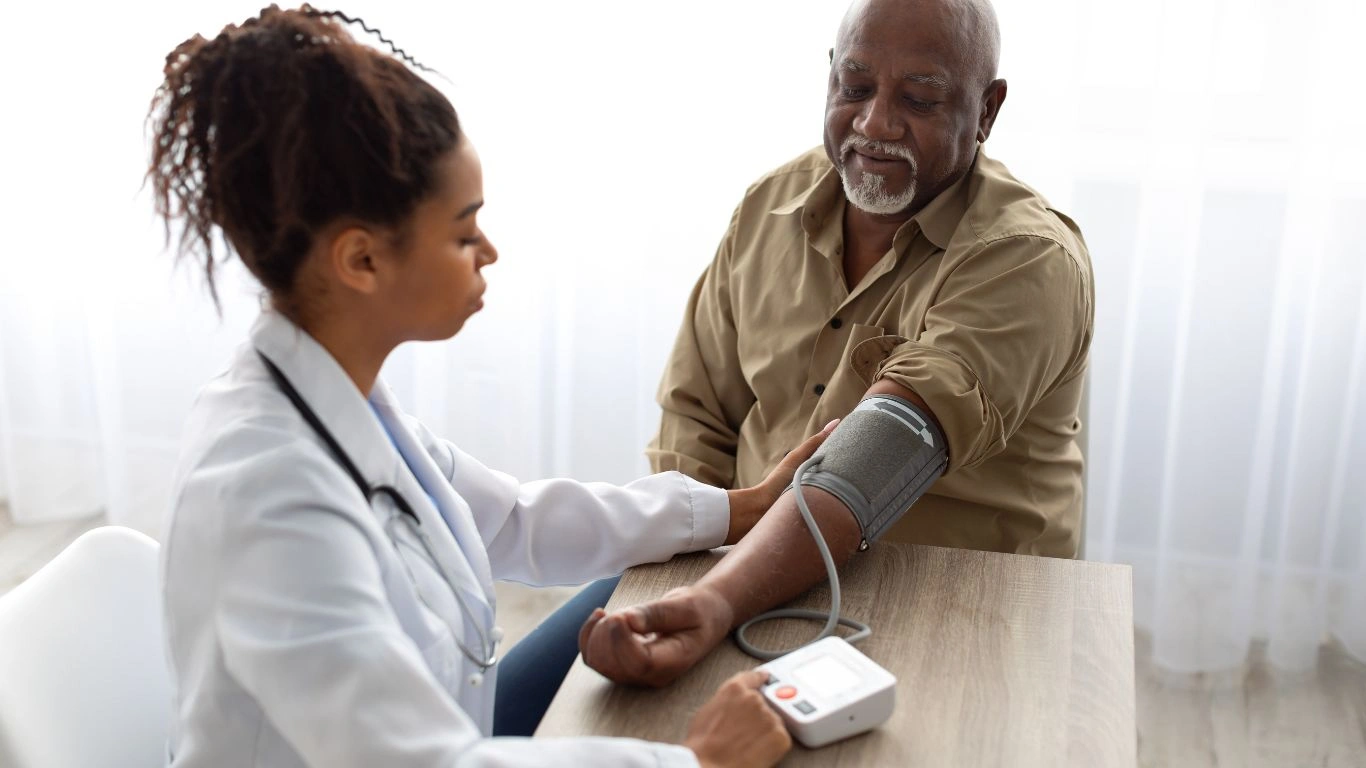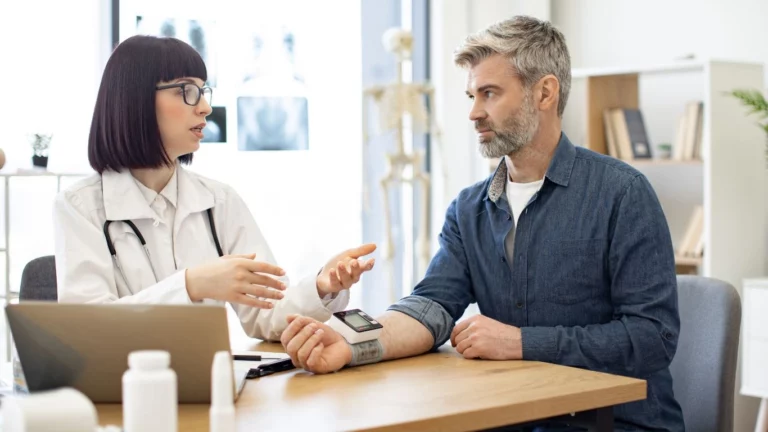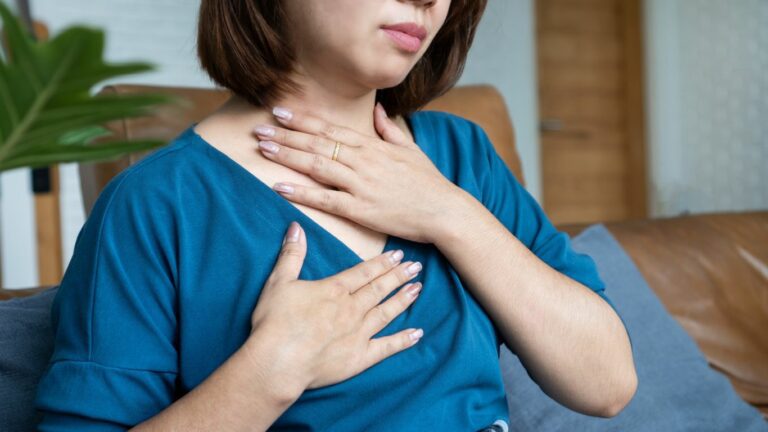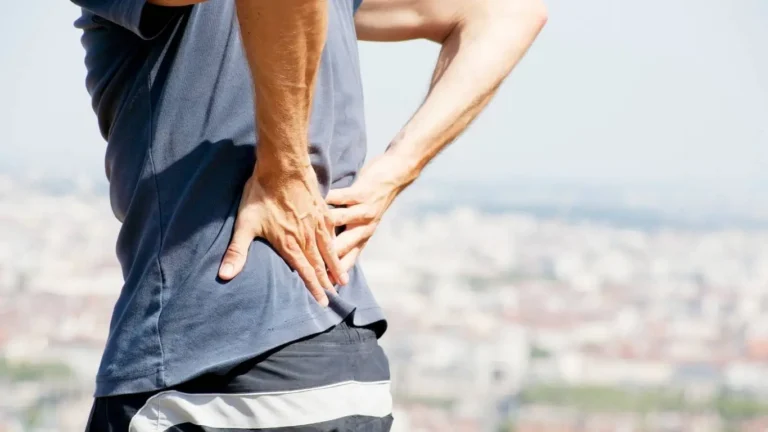Understanding High Blood Pressure and Cold Hands: Causes and Tips
Have you ever noticed your fingers turning icy even when it’s not that cold outside? Or maybe your hands are always the first to get cold, even in a mildly air-conditioned room? As an internal medicine physician who’s spent years helping patients manage hypertension, I can tell you—*high blood pressure and cold hands* might seem like an odd pairing, but they’re more connected than you think. Over the years, patients have asked me time and again, “Doc, is my blood pressure the reason my hands are freezing?” Well, let’s dive in together and untangle what’s really going on.
What’s the Link Between High Blood Pressure and Cold Hands?
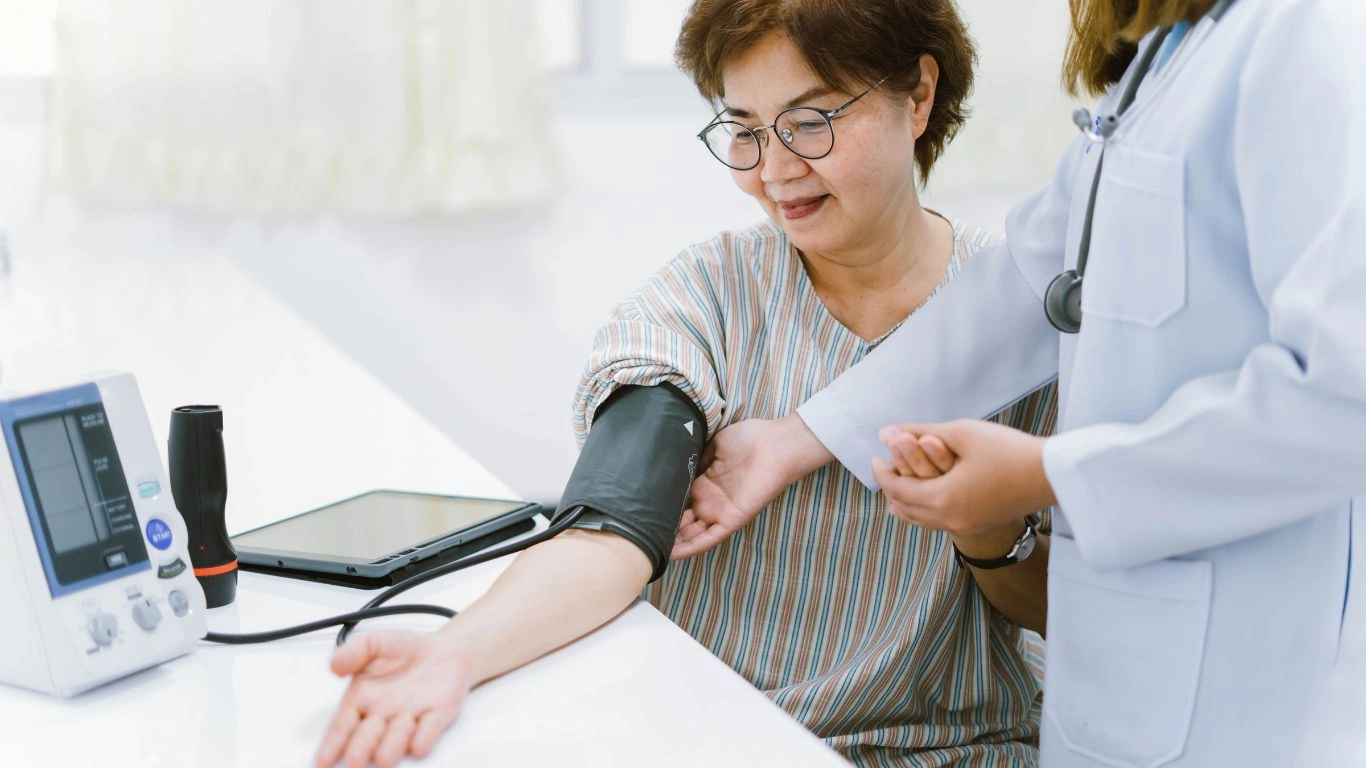
Let’s start with the basics. High blood pressure, or hypertension, occurs when the force of your blood against your artery walls is consistently too high. Now, here’s where it gets interesting—this pressure can actually impact how blood flows to your extremities, especially your hands and feet.
When blood pressure is high, your blood vessels can become damaged over time. The lining of the vessels, called the endothelium, may not work as efficiently. That means poor circulation, and for some folks, that leads straight to—you guessed it—cold hands. It’s not the *only* cause, but it’s one that gets overlooked far too often.
How Hypertension Messes with Your Circulation
This is a conversation I’ve had often in my practice. Picture your arteries like a garden hose. When pressure builds up, the hose starts to stiffen and narrow. That’s exactly what happens to your blood vessels. And if your hands are at the far end of that “hose,” guess what? They’re not getting the warm, rich blood they need to stay toasty.
- Vasoconstriction: High blood pressure often triggers the narrowing of blood vessels, a condition known as vasoconstriction.
- Endothelial dysfunction: The inner lining of your arteries can become less effective, reducing blood flow to your extremities.
- Medication side effects: Some blood pressure medications, especially beta-blockers, can worsen cold extremities as a side effect.
In my experience, patients with these symptoms are often surprised to hear that the medication they’ve been faithfully taking could be playing a part in why their hands feel like icicles. It doesn’t mean the meds are bad, but it does mean we need to take a closer look at the full picture.
Other Possible Causes of Cold Hands (and Why They Matter Too)

To be clear, *high blood pressure and cold hands* don’t always go hand-in-hand (pun intended). Cold hands could be a sign of other health issues—some serious, some not so much. Here are a few common culprits I check for in my clinic:
- Raynaud’s phenomenon: A condition where blood vessels spasm in response to cold or stress, causing the fingers to turn white or blue.
- Thyroid issues: Hypothyroidism can lead to a slower metabolism and reduced blood flow, making you feel cold all over.
- Anemia: A lack of red blood cells means less oxygen—and warmth—reaching your hands.
I once had a patient—let’s call her Linda—who came in worried about her freezing fingers. Her blood pressure was sky-high, but she also had signs of mild hypothyroidism. Addressing both helped her circulation improve and her hands finally warmed up. That’s why it’s so important not to assume there’s a single cause for every symptom.
Should You Be Worried About Cold Hands If You Have Hypertension?
Short answer: not necessarily, but it’s worth paying attention to. Think of cold hands as your body waving a little red flag. It doesn’t mean something is horribly wrong, but it could be a sign to check in with your doctor. In my practice, I encourage patients to think of their body as a conversation—your symptoms are speaking to you. The key is listening early.
Why Some People Feel It More Than Others
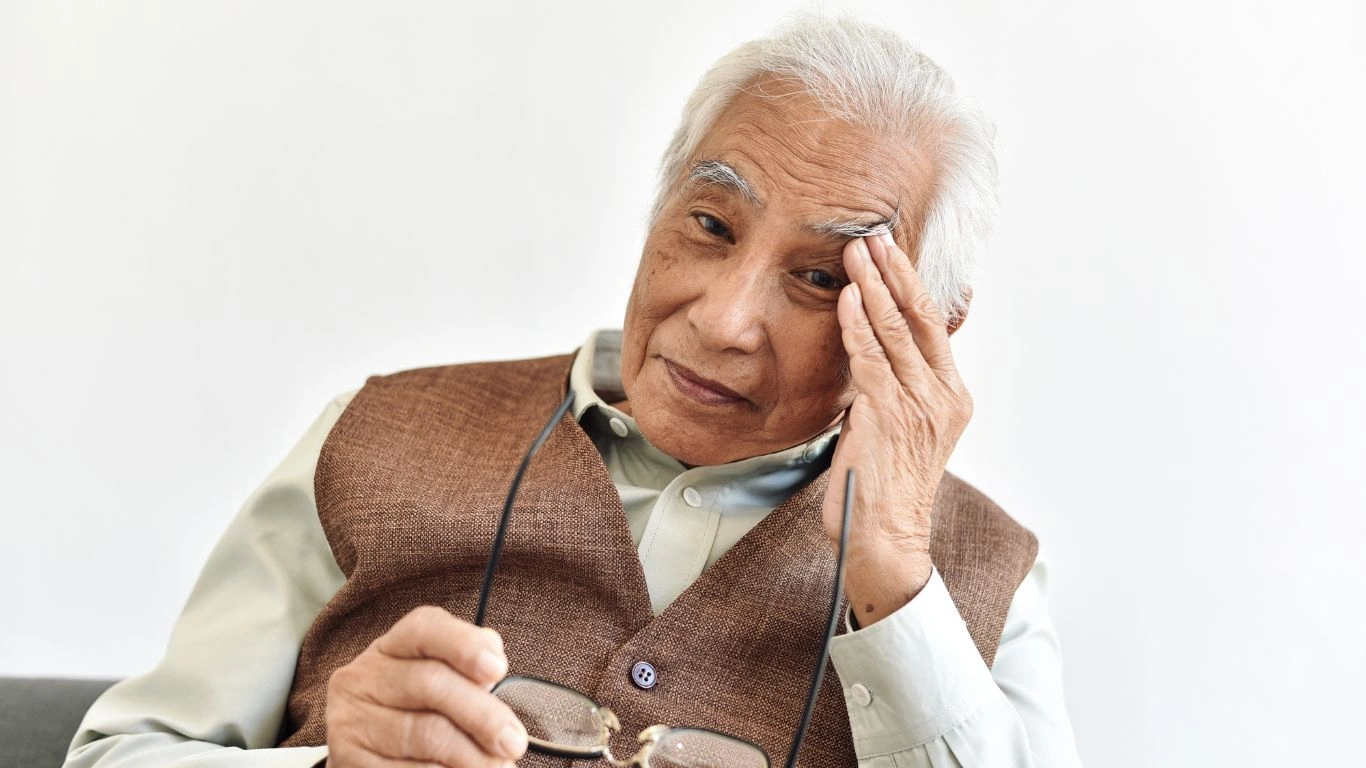
Now, let’s get personal for a second. I’ve seen couples come in where one partner’s always hot and the other’s bundled up like it’s snowing. The truth is, how we experience temperature is incredibly individual. Women, for example, often have colder hands and feet due to differences in body fat distribution, hormone levels, and metabolic rate.
But when those temperature quirks are mixed with underlying high blood pressure, things can get a bit more complicated. If your blood pressure is poorly controlled, your extremities may suffer first. They’re far from your heart, after all, and if blood’s not moving optimally, that’s where the signs tend to show up.
What You Can Do If You Have High Blood Pressure and Cold Hands

Okay, so let’s say you’ve got both high blood pressure and cold hands. Now what? Don’t panic—there’s a lot you *can* do. In fact, small changes can make a big difference. I’ve worked with patients who started off with numb fingers in the morning and ended up with better circulation and lower BP after just a few lifestyle tweaks.
Let’s go through a few practical, no-nonsense steps that I often recommend. These aren’t “magic cures,” but they’ve been helpful time and again in my clinical experience:
Warm Up—Literally and Figuratively
This might sound obvious, but keeping your hands warm actually trains your blood vessels to stay open longer. Think gloves, heated blankets, or even warm compresses. Bonus points if you pair this with movement like:
- Wiggling your fingers regularly throughout the day
- Doing hand stretches every hour or so (especially if you’re desk-bound)
- Using warm water soaks a few times a week
One of my long-time patients swears by holding a warm mug of tea every morning—not just for comfort but because it helps with morning stiffness and hand circulation. Whatever works, right?
Monitor Your BP Consistently
Now, I know checking your blood pressure can feel like a chore. But consistency is key. I’ve seen patients go from sporadic readings to daily tracking, and the improvement in managing their hypertension was night and day.
Tip: Keep a simple journal or use a BP-tracking app. Include any symptoms—like cold hands—so you can spot patterns over time.
How Diet Plays a Role in Circulation and Blood Pressure
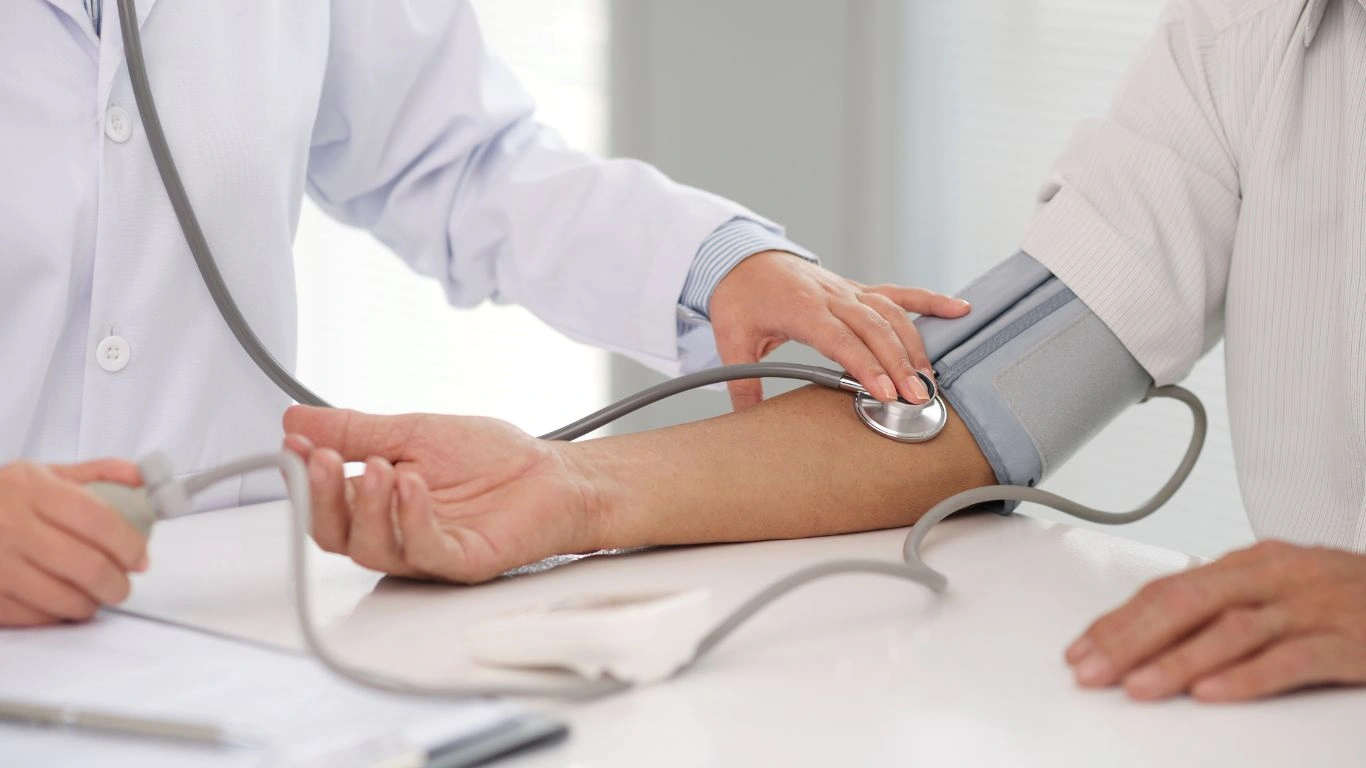
You’ve probably heard it a hundred times—“eat healthy for your heart.” But when we’re talking about high blood pressure and cold hands, this advice really hits home. Your diet affects how elastic your blood vessels are and how efficiently blood flows throughout your body.
Here’s a short list of foods I personally suggest for boosting circulation and supporting BP control:
- Beets: Packed with nitrates that help dilate blood vessels.
- Leafy greens: Full of potassium, which helps balance sodium levels.
- Fatty fish (like salmon): Rich in omega-3s to reduce inflammation and improve vessel health.
- Dark chocolate (in moderation!): Contains flavonoids that support blood flow.
And don’t forget hydration—thick, sluggish blood doesn’t move as efficiently, especially to your extremities. I always remind my patients: if you’re not peeing light yellow at least a few times a day, you’re probably dehydrated.
When Cold Hands Might Signal Something More Serious
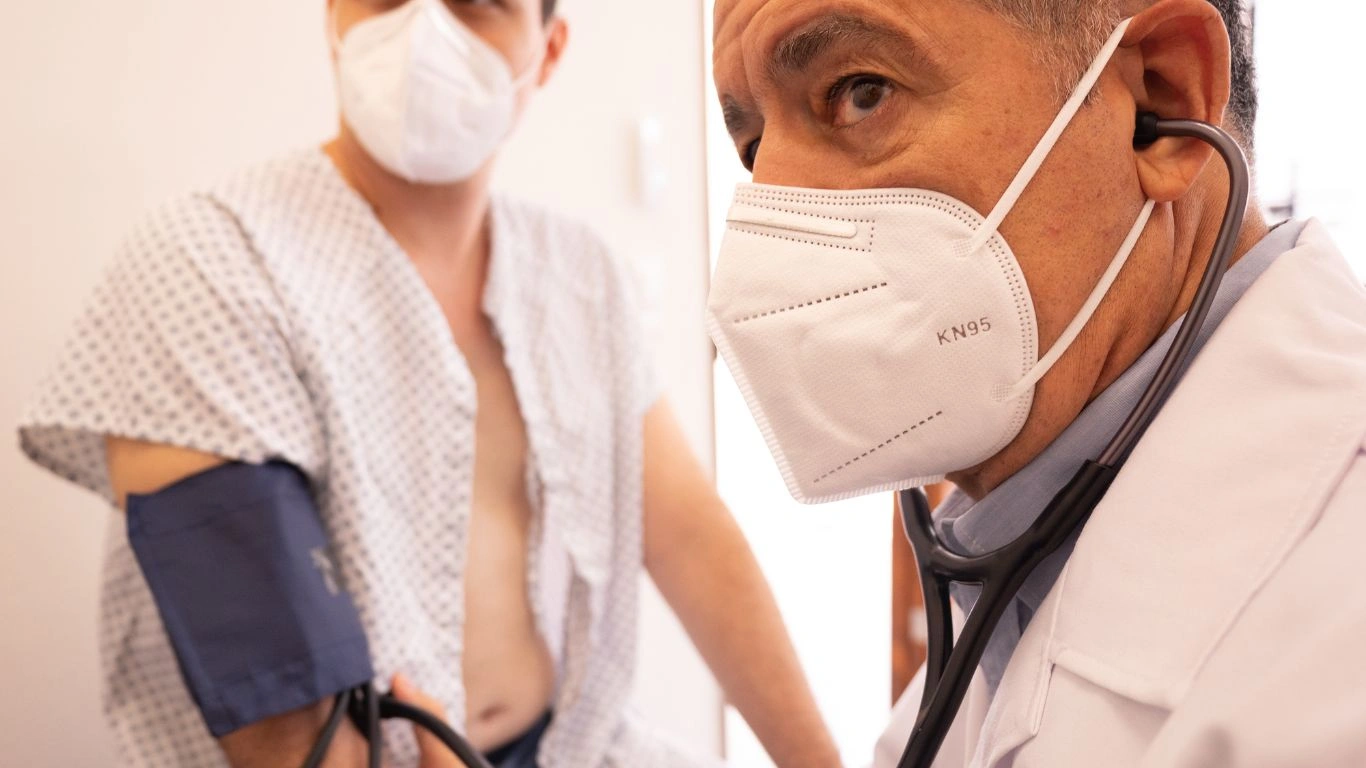
Alright, let’s get real for a moment. While cold hands aren’t always a big deal, there *are* times when they’re worth a closer look. I’ve had patients ignore this symptom for months, only to discover there was an underlying vascular issue going on. Catching it early can make all the difference.
Red Flags You Shouldn’t Ignore
- Color changes: If your fingers turn blue, purple, or white frequently.
- Numbness or tingling: Especially if it doesn’t go away with warming up.
- Ulcers or sores: Any open wound that’s slow to heal could signal poor circulation.
If you notice any of these, don’t brush them off. Schedule a visit. I once caught a peripheral artery disease (PAD) diagnosis early in a patient just because he mentioned his cold hands and tingling fingers offhandedly during a check-up. It’s always better to check than to guess.
What Tests Can Help Identify the Root Cause?
Depending on your symptoms and medical history, your doctor may recommend a few of the following:
- Blood tests: To check thyroid function, anemia, or inflammatory markers.
- Doppler ultrasound: To assess blood flow in your arms and hands.
- Blood pressure measurements: In both arms (and even legs) to rule out vascular irregularities.
And if you’re already seeing a cardiologist for hypertension, loop them in! Cold hands may not be their top concern, but they’ll appreciate you being proactive. That kind of whole-body awareness? That’s what I call next-level patient care.
Don’t Underestimate Stress and Its Role in Circulation

This one’s big. We all know stress messes with blood pressure, but it can also affect your circulation more than you realize. When you’re stressed, your body tightens up—literally. Blood vessels constrict, your heart rate spikes, and blood flow to non-essential areas (like your hands) drops.
I’ve had patients come in after stressful events—work blow-ups, family drama, you name it—reporting freezing hands for days. It’s a common stress response, and it’s one reason I always ask about what’s going on outside the exam room too.
Here are a few tools I recommend for managing stress and supporting circulation:
- Breathwork: Deep, slow breathing to calm the nervous system.
- Short walks: Even 10 minutes can help both mentally and physically.
- Progressive muscle relaxation: Great for unwinding and improving blood flow.
So yes—managing your stress can actually warm up your hands. No joke.
Treatment Approaches: Balancing High Blood Pressure and Cold Hands
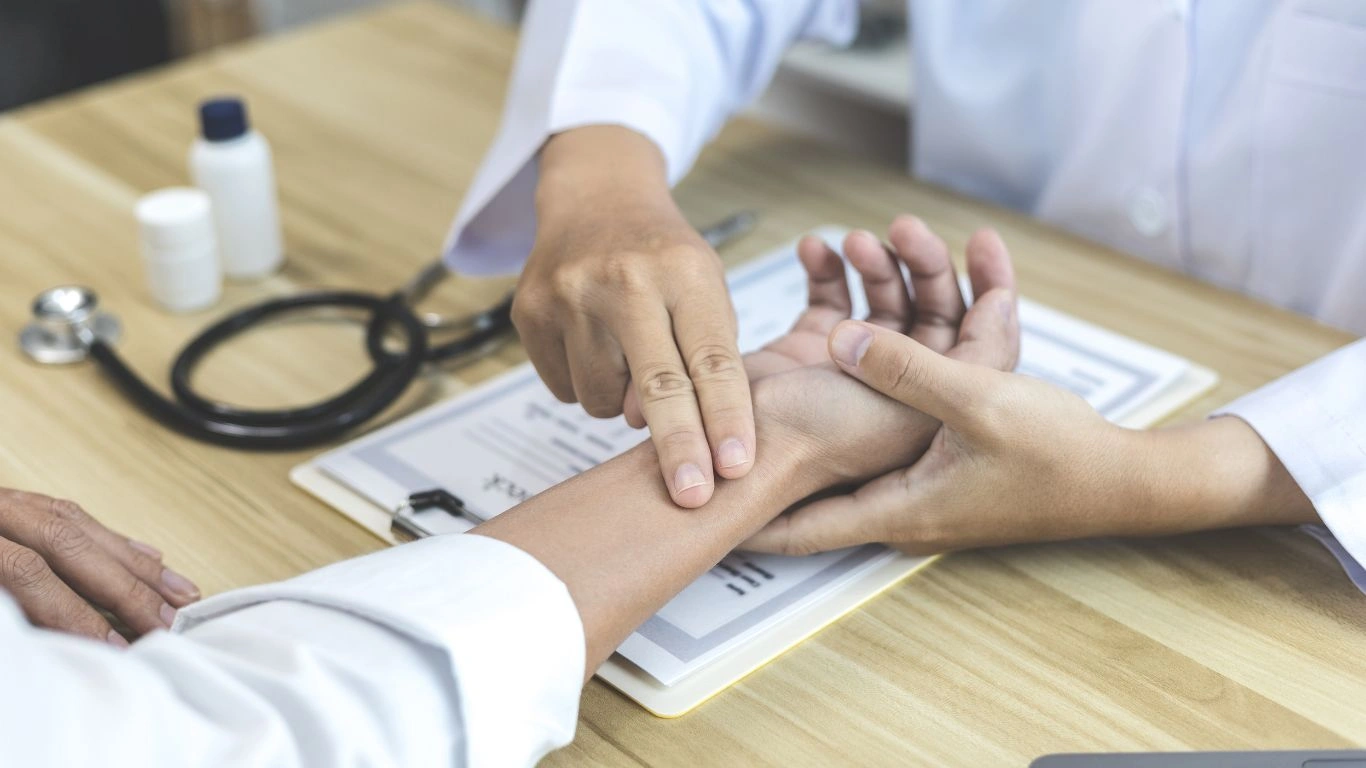
At this point, you might be wondering how to manage high blood pressure and cold hands without feeling overwhelmed. From my years in clinical practice, I’ve learned that the best approach is a balance—combining medical treatment with lifestyle adjustments and listening closely to your body’s signals.
First off, if your blood pressure is consistently elevated, it’s essential to work with your healthcare provider to find the right medication and dosage. Sometimes, simply adjusting the type or dose of medication can ease symptoms like cold hands. For example, switching from a beta-blocker to a calcium channel blocker may help improve circulation in some cases.
But medication is just one piece of the puzzle. Here’s what else I recommend:
Improving Circulation with Movement and Exercise
Regular physical activity is one of the most powerful tools to improve circulation. It doesn’t have to be intense—walking, swimming, or even gentle yoga can promote blood flow, lower blood pressure, and help warm your extremities.
I often tell patients that exercise is like a natural vasodilator—it relaxes the blood vessels, making it easier for blood to travel to the hands and feet. If you’re just starting out, aim for 20-30 minutes of moderate activity most days of the week. And hey, it’s also a great mood booster!
Mind Your Environment
Small changes in your surroundings can make a noticeable difference. Avoid prolonged exposure to cold temperatures, and if you’re in a chilly office or home, use space heaters or wear layered clothing to keep your core and extremities warm. I once had a patient who swore by heated gloves during her long shifts—it was a simple fix that made her workdays much more comfortable.
When to Seek Professional Help
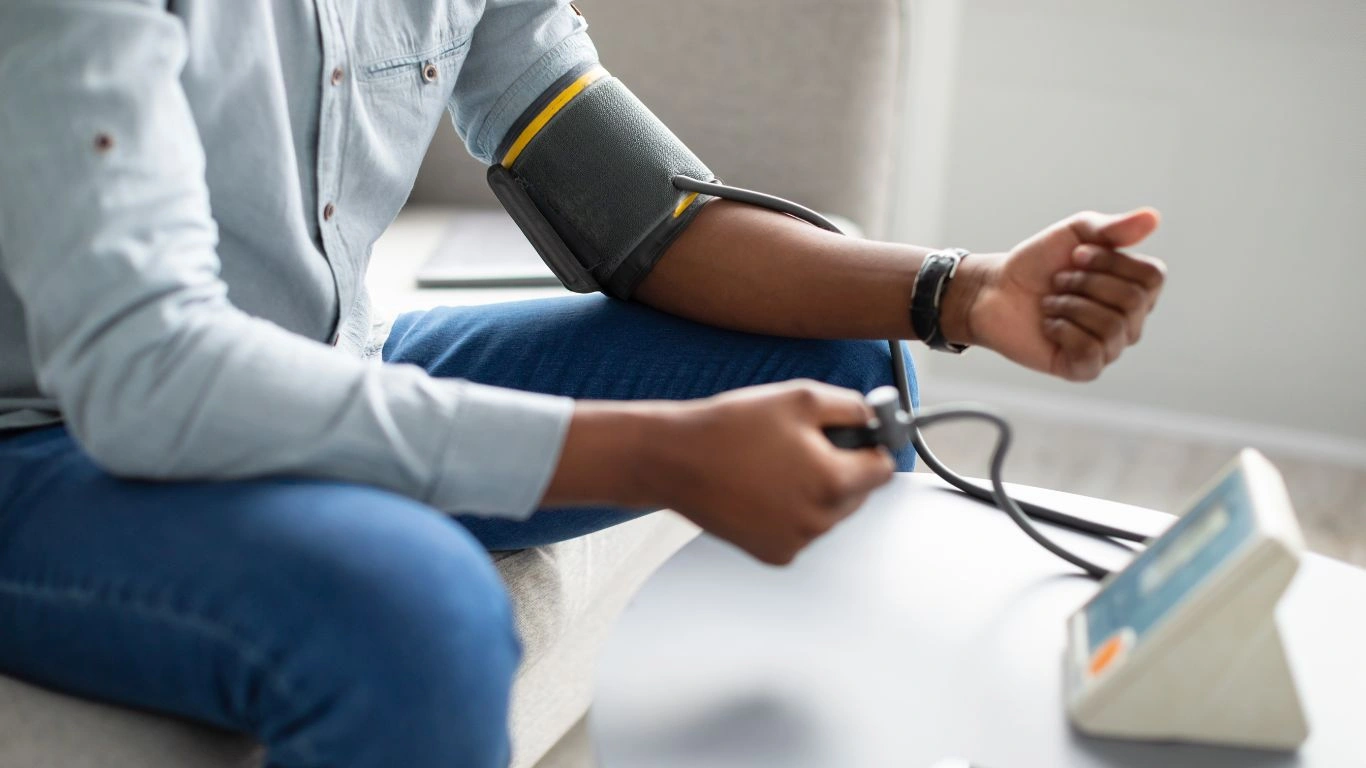
As much as we can do at home, some symptoms require professional attention. If your cold hands are accompanied by persistent numbness, color changes, or pain, it’s time to get evaluated thoroughly. Early detection of vascular problems or autoimmune conditions can prevent complications down the road.
During a clinical evaluation, your doctor will take a detailed history, perform a physical exam, and may order specialized tests. Trust me, this isn’t about unnecessary worry—it’s about ensuring you get the right diagnosis and treatment tailored to your unique health profile.
My Personal Take: The Importance of Patient Awareness
Over the years, what’s struck me most is how empowered patients feel once they understand the connection between their symptoms and conditions like hypertension. Being proactive and informed leads to better outcomes and less anxiety.
If you’re reading this and thinking, “Wow, that sounds like me,” don’t hesitate to bring it up with your doctor. And remember, you know your body best. Those subtle signs like cold hands are worth paying attention to—they’re clues your body is sharing, not just random annoyances.
Summary of Key Tips for Managing Cold Hands with High Blood Pressure
- Keep your hands warm through gloves and warm compresses.
- Stay hydrated and maintain a balanced diet rich in circulation-friendly foods.
- Regularly monitor your blood pressure and discuss any symptoms with your healthcare provider.
- Incorporate moderate exercise into your daily routine to boost circulation.
- Manage stress through relaxation techniques like deep breathing or gentle movement.
- Watch for warning signs like color changes or numbness and seek medical advice promptly.
References
Disclaimer
This article is intended for informational purposes only and does not replace professional medical advice, diagnosis, or treatment. Always consult your healthcare provider with any questions you may have regarding a medical condition. Never disregard professional medical advice or delay seeking it because of something you have read here.

Dr. Gwenna Aazee is a board-certified Internal Medicine Physician with a special focus on hypertension management, chronic disease prevention, and patient education. With years of experience in both clinical practice and medical writing, she’s passionate about turning evidence-based medicine into accessible, actionable advice. Through her work at Healthusias.com, Dr. Aazee empowers readers to take charge of their health with confidence and clarity. Off the clock, she enjoys deep dives into nutrition research, long walks with her rescue pup, and simplifying medical jargon one article at a time.
